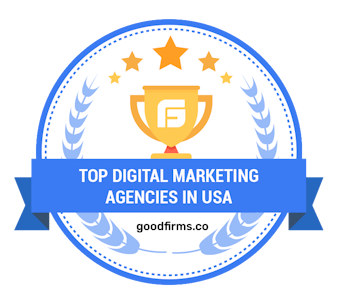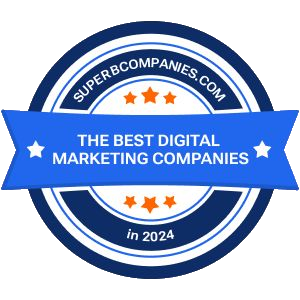Links are important. One of the differentiating things about Google from the very beginning was that they valued “citations” as a ranking factor while other search engines just looked at content relevance. Think about any fact that you know. You should be able to trace it back to a source and cite that source as validation. Links sort of work in a similar way. A website or page can have valuable information, but if people link to it as a source, that value increases. Links are a way of understanding if a page is valuable to other users, and when value to users increases so does ranking potential.
Fast-forward to today and most search engines have some measurement to track links and citations as a ranking factor because it has proven over time to improve the quality of search results.
For small businesses, you often don’t need to compete at the scale of larger businesses, but you do need to acquire some links and citations to improve your ranking potential. We’ll look at a few opportunities from both internal links and external links (inbound) to see how we can give ourselves the best chance to rank as a small business.
Internal Links
Internal links are links that are within your website and connect pages together. These links can be navigational or supplemental in nature, and they all have purpose and value.
Most websites have a navigation area where you put links to your most important pages. These links help users find what they are looking for, and naturally, the pages in your navigation will be seen as more important than pages that aren’t in the navigation area. Navigational links are quite common, and most websites have them. The main takeaway here is that your most important pages should be included in your navigation, even if that means having dropdown options for more internal pages to show up in your navigation.
What most websites don’t have is what I will call “supplemental links“. Supplemental links are links within the content of pages that point to additional, related, or supplemental content. These internal links can help connect pages that are related and pass important signals to Google about the target of the link. Pagerank and site quality signals also pass to other pages via links, so pages that have both navigational and supplemental links pointing to them are going to have stronger signals and be seen as more important.
Supplemental links can often come from supplemental pages. Supplemental pages are extensions of the main page and help you gain relevance across a full topic. If your main service page is seen as the main topic, you may find it helpful to create pages for the sub-topics. For example, a Plumber may have a service page about residential plumbing and list out all the services offered like drain cleaning, hot water heater installations, etc. Each of these specific services would be a sub-topic of the main topic of plumbing. If you created pages for these individual services, they would be “child” pages of the main topic and link to one another. A “child” page will have a URL that looks like /main-topic/child-sub-topic/. This helps add depth to the topic, and along with the supplemental links, can increase the overall relevance of these pages.
This is a surface-level approach to internal links and supplemental links, but in many small business cases, this approach can help you get more ranking opportunities.
External Links and Citations
Much like internal links are used to pass important signals within a site, external links are how relevance and credibility signals pass between websites. A link can be seen as a vote or a citation supporting a document. External links can often be either transactional, informational, or relational – meaning the reason for the link is based on a transaction, supplemental information, or because a relationship exists.
Because of so many people manipulating their inbound external links, getting links that Google cares about and affect rankings is hard. Google has learned over the years what links to count and what links to ignore, and a lot of links are ignored. The magic is to understand what a “good” link is that will count in your favor. So let’s define that.
When we look at a “good” link, it has to meet a few criteria to be a good target. These links need to be relevant, in-content, followed, natural, branded, and attainable.
- Relevant. Links from pages that are related to your topic or subtopics are going to be seen as more valuable and relevant than links from unrelated websites. It’s possible that links from unrelated websites count less, or are even ignored. For a period of time in the past, it was common to get links from anywhere you could, but as Google matured its algorithms, relevance became a qualifier for whether a link had value or not.
- In-content. Links that are within the content area of another site tend to have more weight than links in a sidebar or footer. Links in “template” areas can be a signal of paid placement or ownership, and those links won’t send the same signals as links within content. The content around a link and the words directly adjacent to the link all make up the signals that Google receives about a link source and the link target.
- Followed. A lot of links from free sites tend to be “no-followed” meaning there is a directive to not follow or count the link. A link by default has a “follow” directive (there isn’t a “do-follow” classification or directive). And even this “directive” has been changed to a “hint” where Google can determine whether or not to follow or count the link. Specifically speaking, we look for links that are followed and do not have a “no-follow” directive.
- Natural. There is more data becoming clear on “forced” or “spam” keywords and the same can be said about forced or spam links. Links should be natural, and fit the content, and add value. If the link supplements the content and creates a citation, then it’s going to be seen as natural and not forced. Links that match signals that appear forced and not natural are likely to not count in your favor.
- Branded. Ideally, links should be clear about who they are going to. When I say branded, it should be clear that the link is pointing to you. The content, the anchor text (more on this later), or the context of the page should make it clear where the link is going. An unbranded link, or one that doesn’t clearly define who it is pointing to could be a signal of a forced or spam link. Links should be clear where they are going to avoid looking forced or paid.
- Attainable. This is something we look at when discussing a link target. If we are a small business, it’s not as likely for us to aim for the biggest websites on the internet for links. For a business that doesn’t have a lot of prominence, it’s difficult to gain links without something really compelling. The more compelling the reason for the link, the bigger the target can be. The idea is to look for link opportunities in a similar scope of prominence, maybe a little higher. This increases your chances of gaining important links. And in the small business world, a few good ones can go a long way.
Link Anchor Text
The “anchor text” is the words of the clickable text. This text sends some valuable signals about the link target – specifically about the context or topic of the page. When used in a natural way that isn’t forced, using relevant keywords in your anchor text can help boost the relevance of the target page.
Use caution here though. For a long time, anchor text within links was a very strong signal and has been abused by link builders for years. Google has been actively addressing reducing the impact of forced or paid links in its algorithms, and using “commercial” anchor text for links can be a signal of a forced or paid link.
You can add anchor text in a natural way if it is accompanied by the five guidelines above – specifically the branded and natural guidelines. If you use commercial anchor text links, be sure it’s clear where the link is going, and that your brand is mentioned and occurs with the anchor text link. Don’t overdo it here either. Most of your links should probably use your brand, or the title of the target page as the anchor text.
Putting It Together
You have to get creative when you think about links, and you often have to ask for them. And sometimes you have to pay for them (I know – shocker). If you think about it, most pages on the internet are monetized in some way, so a link that you earn has some value that is exchanged. If you can contribute content, insight, relationships, or other value to another website, you can earn some links back in exchange. Sometimes even sharing value requires a payment to account for the time to add a link. Whether it’s paid or not, if you follow the guidelines above to make these links more real, natural, and valuable, then they are more likely to help you in your SEO ranking potential.
Link acquisition is one of the hardest things to do in SEO, and that’s why we often pair Digital PR with our SEO service. We help you create connections with other websites, pitch content, and ideas, and add value to other sites in exchange for the links we need. This approach helps you gain some visibility for your brand and some much-needed links. There isn’t a shortcut – it’s work and value in and links out. If you have the bandwidth in the early stages of your business to take this on, then this will give you some foundation to get started. If you get here and need help, that’s where we can partner together to start some exciting growth.
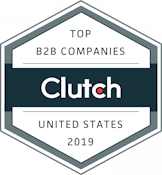

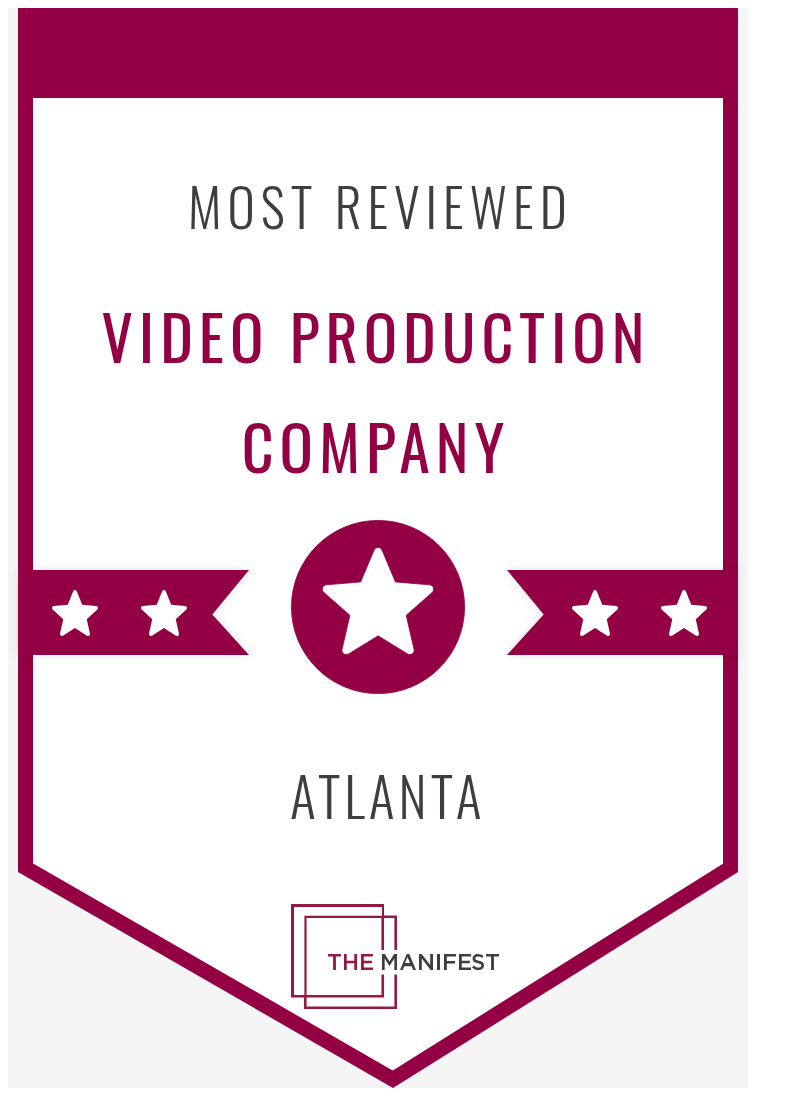

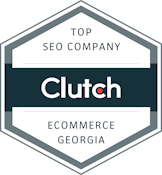
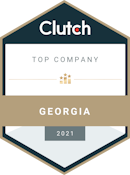
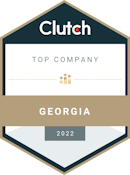




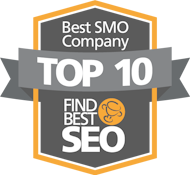

.png)
